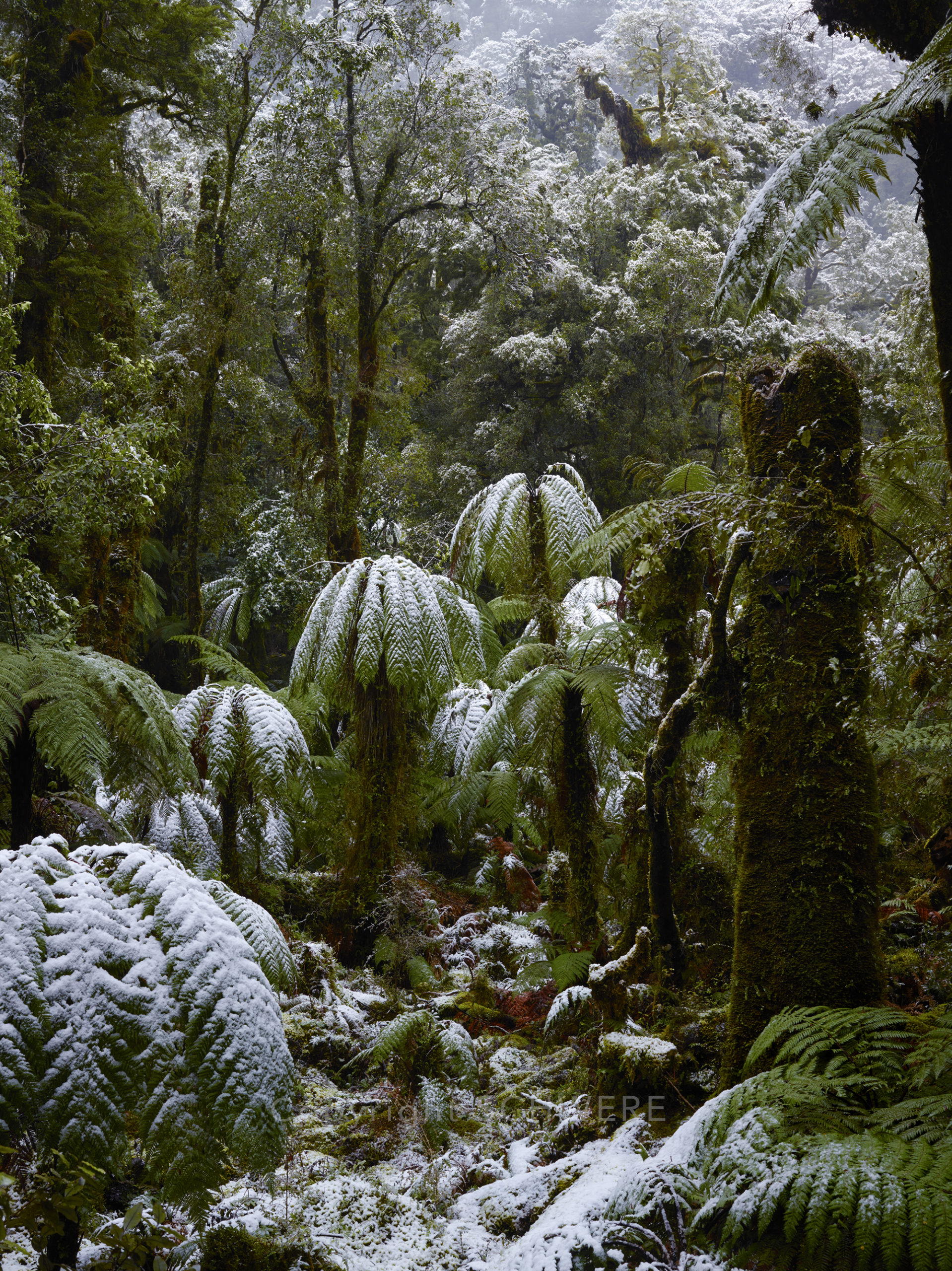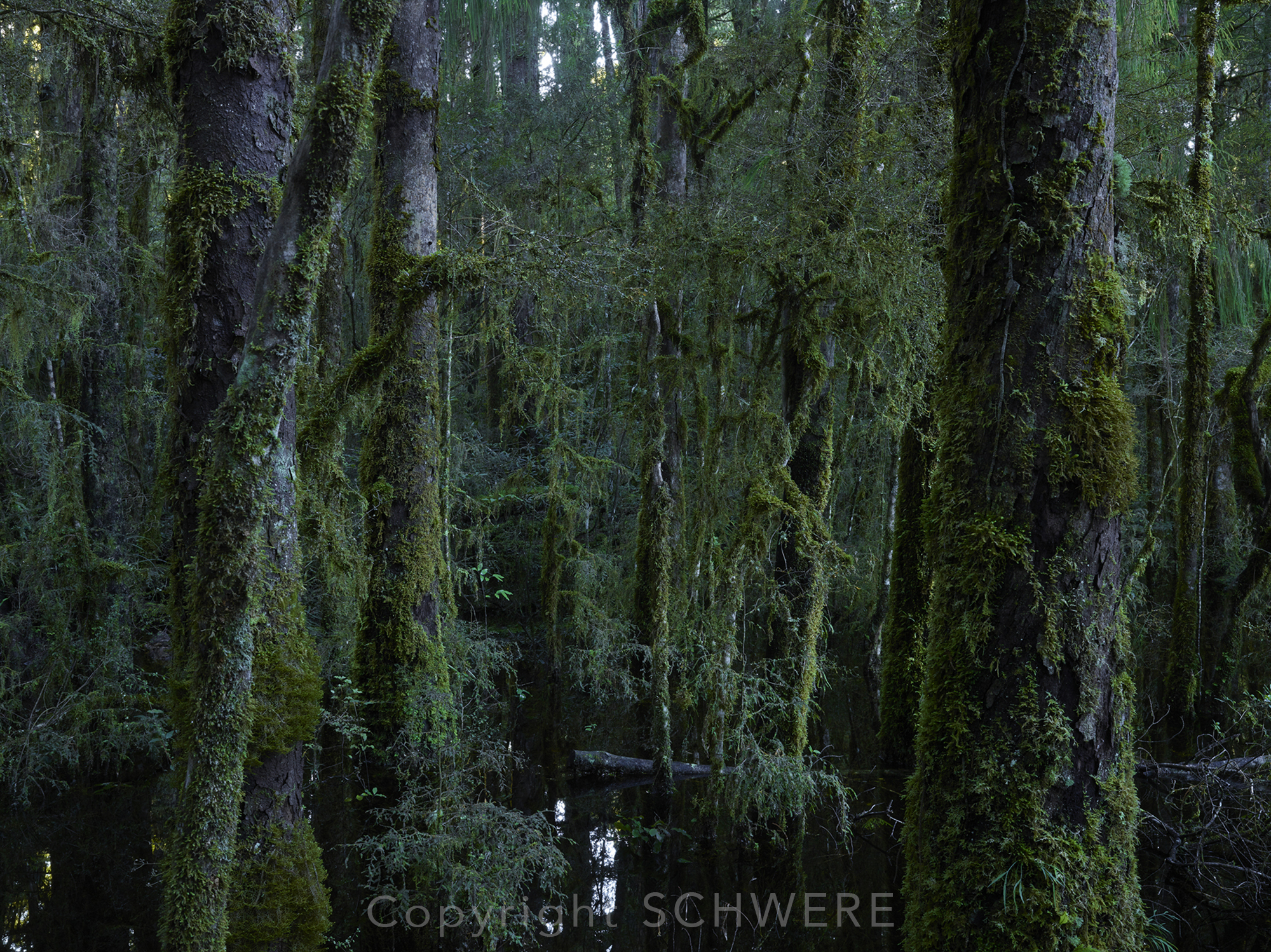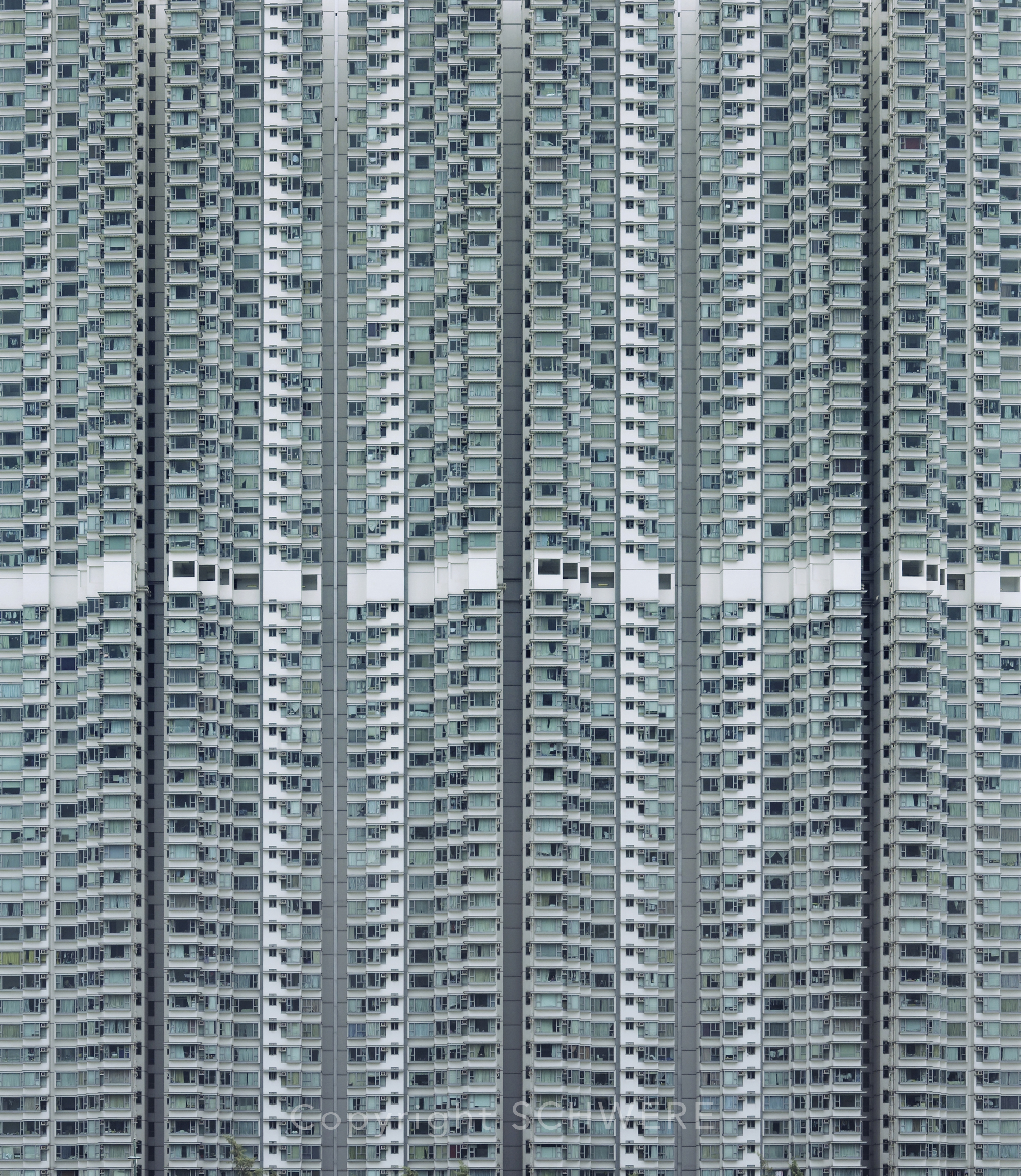Aotearoa NZ Photographers – Frank Schwere
Design Assembly recently got the opportunity to chat with photographer Frank Schwere to find out more about his life behind the lens, his journey that led to New Zealand, shooting iconic landscapes, the projects he is most proud of and the importance of finding your voice in your work.
This article is proudly brought to you by mychillybin.
![]()

Tell us a little about your background – what path led you to becoming a photographer, and to doing what you’re doing today?
I grew up in Bonn, Germany.
My mom was the artist in the family and has given me some of her genes, plenty of inspiration and massive support.
I was passionately painting and drawing from an early age on and when I turned 15 I took over the darkroom from my father in the basement. After high school, I studied fine art but switched after 1 year to photography.
I always loved capturing people as well as industrial cityscapes and landscapes and spent endless hours developing film and printing in the darkroom. Very early during studies I was intrigued by the possibilities when working with large format. I quickly purchased a 5×7” large format camera.
During my years of studying ‘Visual Communication’ (graduating in photography), I moved to Berlin which was in the nineties the coolest town on earth but New York was in my eyes the capital of Photography so after a few years I moved to NYC and continued my studies at ICP (International Center of Photography). After one year I had an exhibition in Chelsea showing large scale portraits which generated amazing feedback. Instead of moving back to Berlin as planned, I decided to stay in New York as I got the opportunity to shoot for New York Times Magazine and other editorials as well as shooting campaigns for IBM and Microsoft. After 12 years in New York, I moved to Auckland (2009).
Being a large format photographer in New York at that time was great. Film and processing was fairly affordable and mostly paid for by the clients. I photographed everything with my new 4x5inch Linhof Mastertechnica: editorials, fashion, architecture, beauty, travel and advertising jobs.
I never changed my style for jobs instead I was booked to shoot because of my style.
Often my personal artwork and paid jobs melted together. Shooting the aftermath of Hurricane Katrina or September 11 was both: personal work and documentary work that ended up in Magazines and Books.

How would you describe your work?
My work looks german if you can say so. It would fit into the category “objective Photography”. I work mostly conceptual and in series. My perspective is mostly frontal, straightforward, documentary style. I avoid adding dramatic perspectives and lighting as I want to capture the object as it is. With my large format camera I obtain in my cityscapes and landscapes a high level of details and sharpness. Architectural elements in my images are straight and not skewed. Depth of field is large and reaches usually from fore to background.
Studying paintings of old masters and fine art plus shooting thousands and thousands of images with 4×5 trained me to “see”, to find perspectives that suit the subject matter and recognise the importance of elements composition.

Your Dusky sound landscapes are remarkable. Given you have experience shooting internationally how does the light and landscape here in Aotearoa compare and contrast, to other locations you have worked? (we are curious how if at all the location you’re shooting informs your approach to style, light or depth of field)…
I remember clearly the sunlight when I came the first time to New Zealand in 2002. The light, especially in the South Island, was amazing. The saturated blue sky with its fluffy clouds illuminated the grassy landscapes of Central Otago with an intensity I never seen before. That was and is remarkable. I have travelled and photographed projects and jobs from South America to China. All places on earth have their beauty and amazing situations but the light in New Zealand is a bit special. Even so, it is amazing here I am a bit cautious shooting in sunlight as the result quickly ends up looking like ‘kitsch’ or postcard. I pretty much avoid “kitsch” elements and obvious emotions evoked for example by sunrise and sunsets.
When I shoot in the rainforests I prefer cloudy skies. Sunlight in the forest kills the mood. The contrast from the bright sunny spots on leaves to the dark ferns in the shadow is too great and unpleasant. I prefer the soft light generated by grey skies that brings to life all the beautiful different greens. I find the result more painterly and satisfying. It also gives all elements in a forest image equal importance as they are all illuminated evenly. The textures of each leave and bark can be better seen in soft light. In Dusky Sound, I was so happy to have only one sunny day out of the 20 days I spent there.
All my works such as Sept 11, Detroit, Dusky Sound and Purerora Forest are shot mostly with grey skies and the same approach. I have collected a large range of city and landscapes during my international travels. Occasionally I allow an image with a blue sky as it is nearly impossible to capture a day with clouds in Las Vegas to give an example.
I was shooting in Europe and US more Cityscapes and industrial landscapes. In New Zealand, I turned a bit more towards nature, mostly the untouched rainforests. The reason lies simply in the available subject matter.

Your career has taken you from Germany to Aotearoa via the US, how has your work adapted or evolved since settling in Auckland?
When I came to New Zealand in 2009 I had already pretty much fully developed my style but the subject matter and kind of jobs is what changed and my camera system changed. I am shooting now on a Phase one IQ260. That gives me an equally good sharpness and range of tonality to 4×5” negative which I need for my artwork.
Dusky Sound was the first project that I shot with both 4×5” negative film and digital medium format.
The NZ market is not comparable to the one in the US and Germany. The jobs are smaller, travel and income is less. I am selling artwork and shooting commercially. To make up for the loss of income after arriving in New Zealand I also shot weddings, real estate, family portraits, products and worked with and for NZ artists.

What has been one of the most memorable places you have visited for a shoot?
Most memorable places I shot are Iceland in the winter, The Yukon and Klondike river in Canada/Alaska, Inner Mongolia, Yunnan in China, and Dusky Sound.
All those places have in common that they are remote, far far away from western civilisation and absolutely beautiful in their ways. In all those places I spent at least 5 nights. Each time I was transported in a world that was otherworldly due to its remoteness, pristine landscapes and silence. It felt often prehistoric and I was reminded what it must have been like to live a thousand years ago. Dusky Sound with its antediluvian forests was amazing. Especially not having any tourists around and stepping foot on land that other than Captain Cook has not been touched by anybody was just extraordinary.
How much of your work is client commissions vs art-based practice?
I always shoot personal work but not all go into exhibitions.
Income is generally mostly generated by commercial work. There were some years when the income commercial vs art was 50/50 and I had years when I shot a lot of art based work and other years when I hardly worked on my own projects. The last couple of years I have worked on 3 different projects. 2 of them are still unfinished.

Your portfolio is diverse, do you have a favourite subject to shoot – and how important is it to change things up in your practice?
My favourite subjects are portraits and city/landscapes.
Portraits are intimate and close up. Landscapes majestic and distanced. I can’t pick which one I prefer. It turns out that most my exhibited works are city and landscapes and portrait work is more commissioned work. But to me, both subjects are evenly important and exciting.
I have shot car factories in China, stealth fighter planes in the US, Morel pickers in Canada, architecture in Costa Rica, CEO’s, artists and politicians and now from time to time weddings and family portraits. I find all my assignments challenging and work hard to get the best results. I learn from every new situation. I find it satisfying that I can switch easily from product photography to aerials, weddings, large format and 35mm, from Studio photography to outdoor.
It keeps it all fresh and interesting.

What does your ideal/dream commission or creative project look like?
Being in remote region and shooting a project over a period of a few weeks is what I like most. Completely diving into an alien, strange, unfamiliar and fascinating landscape makes my heart pound. Dusky Sound was such a project. Detroit was amazing and challenging as I shot there in apocalyptic neighbourhoods architectural ruins. I was excited to find glorious remnants of this formerly industrial metropolis and even so it was sometimes a bit dangerous I enjoyed my finds like a gold digger. I become addicted to finding more, searching for the ultimate ruin, breaking into boarded-up churches and hotels to find the unexpected, the wanted. It is sometimes very lonely, cold and difficult but like a gold digger finding a gold nugget, it gives me enormous satisfaction to find a perfect location or place.
I would love to shoot factories in Siberia, go to Antarctica, shoot mines, communist monuments, burned landscapes to name a few.
At the moment I am lacking funds and time (having a three yr old daughter) but those places are intriguing me most.

What shoot, personal or professional, are you most proud of and why?
Sept 11, Detroit and Dusky Sound are the projects that are dearest to me.
They are all different. Sept 11 is a personal documentary work that has been published and exhibited widely. Detroit was the toughest and most conceptual work. It was time-consuming and challenging. The work has been exhibited in New York and New Zealand and generated lots of media attention. Then there is my Dusky Sound project which is mostly still in my drawer. The large scale murals are exactly what I hoped for and I can’t stop looking at them.
Which other Aotearoa photographers, designers, or artists do you admire?
Michael Parekowhai, Billy Apple, Fiona Pardington. Lisa Reihana, Mark Adams, Yvonne Todd
Do you have any exhibitions coming up?
I have no shows scheduled but have work that is nearly ready to be shown. I am working on it.

Do you have any insider tips for budding photographers out there?
Just do what you really want to do and do not copy others. Find your style and subject matter and perfect it. Passion and obsession help. It is not about what camera you use but what you want to say and how you are saying it.
Coming from Europe and New York I can say that in New Zealand more than other countries making a living as a photographer is actually more dependant on who you know than how good you are. So hanging out with the right people generates half the income. But being a really good photographer means to be outstanding, to be true to yourself, to do your own thing and rise above the average.
How can people stay in touch and follow your work?
frankschwere.com
schwere.com
Instagram: @FrankSchwere



